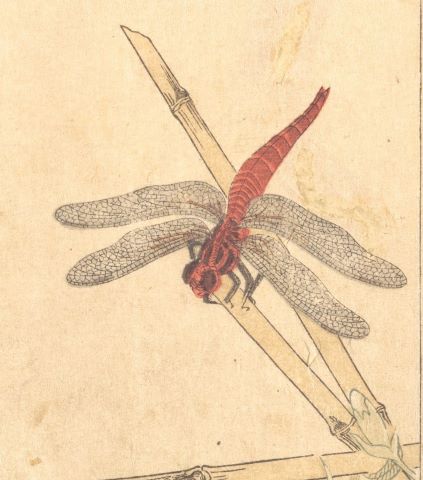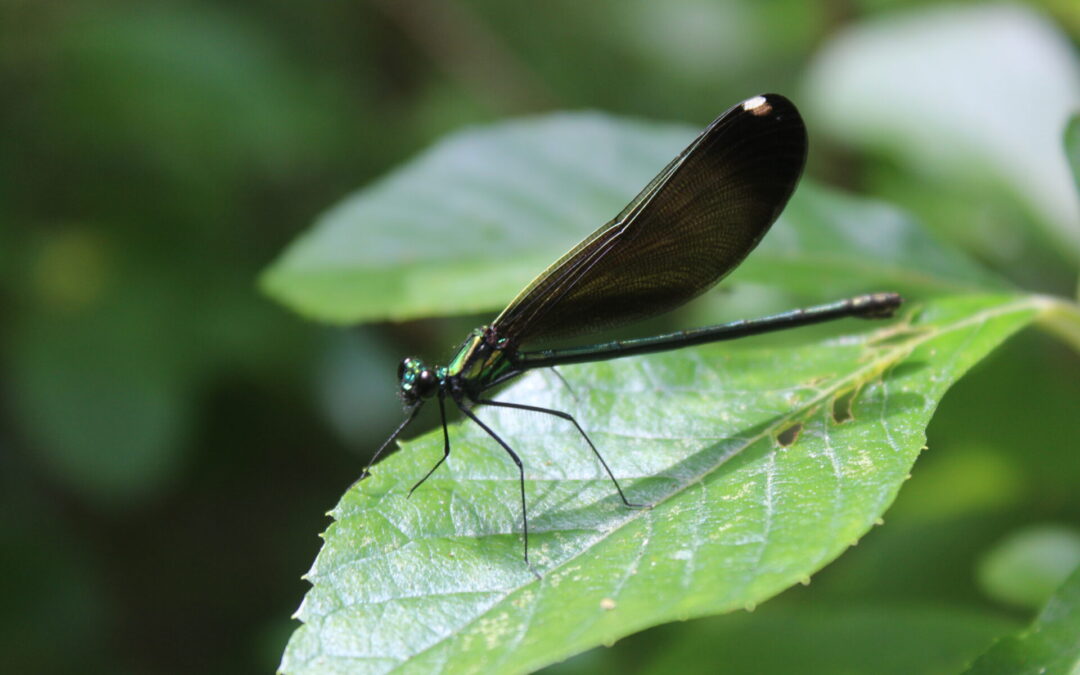Among the many beautiful, fascinating and unique creatures that inhabit the lush meadows of Westport Woods, dragonflies are among the most intriguing. Members of the order Odonata, these flying insects represent some of the oldest inhabitants of our planet. Some of the Odonata emerged at the same time that dinosaurs roamed the planet, while their genetic cousins–members of Odonatoptera–emerged some 300 million years ago. Dragonflies carry a sense of mystery and invite wonder; their flying pattern is unmistakable, and their shape unlike that of any other insect. New England is specifically rich in biodiversity of Odonata: our region is home to some 170 or so species of dragonflies and damselflies.
Healthy Meadow Habitat
Dragonflies are a crucial member of the meadow habitat. Indeed, these carnivorous insects devour pesky pests like mosquitos at a prodigious rate. Without dragonflies, other insects like aphids and mealybugs would begin to outperform their fellow inhabitants. A healthy meadow is reliant on dragonflies to keep these other bugs in check.
During mid and late summer, the larvae of the dragonfly–called naiad–emerge in great quantities, and are easily spotted, their colors shimmering through the warm-season grasses of Westport Woods. Their common names are wonderful. Among the species we regularly see are the Ebony Jewelwing, the Halloween Pennant, the Painted Skimmer, and the Blue Dasher. What’s more, these incredible insects only continue to make themselves seen with the tail end of summer and well into September.
Dragonflies at Westport Woods
It is no wonder, then, that we invite you to join us at Westport Woods Learning Center in August to learn more about these fancy fliers.
Our dragonfly focus will continue through August, as we welcome visitors to a walk & talk on August 24 where we will identify some of the different dragonflies of the meadows.
The Learning Center will feature puzzles and activities for young naturalists to pique their curiosity around these strange and mercurial creatures.
universal fascination
To underscore dragonflies’ global reach, I reflect on this 18th century haiku:
Aki no ki no
Aka-tombo Ni
Sadamarinu
That the autumn season has begun is decided by the [appearance of the] red dragonfly.

Let’s hope that our red dragonflies hold off on making their appearance for at least a few weeks–but in the meantime, we’ll keep our eyes open for them.


